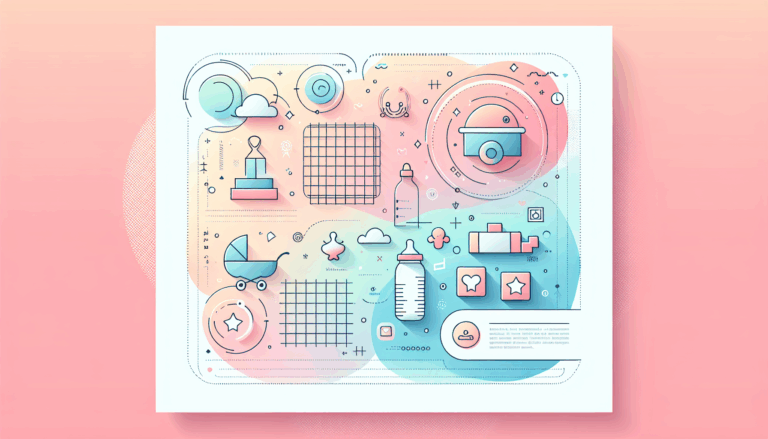Figma to WordPress: Designing for Chatbot Interfaces
Transforming Figma Designs into Functional WordPress Chatbot Interfaces
Designing chatbot interfaces is an increasingly important aspect of modern web development, as they enhance user interaction and provide a more personalized experience. When it comes to translating these designs from Figma to WordPress, several tools and techniques can streamline the process. In this article, we will delve into the steps and best practices for converting Figma designs into functional WordPress chatbot interfaces.
Understanding Figma’s Role in Designing Chatbot Interfaces
Figma is a powerful design tool that allows you to create high-resolution wireframes and mockups for various applications, including chatbot interfaces. Its features, such as auto layout and customizable components, make it an ideal choice for designing complex UI elements like chatbots.
For instance, you can use Figma to design a chatbot interface with multiple components, including headers, footers, and body sections. The auto layout feature helps in organizing these components efficiently, ensuring that your design is responsive and adaptable to different screen sizes.
Designing Chatbot Interfaces in Figma
When designing a chatbot interface in Figma, it’s crucial to consider the structure and functionality of the chatbot. Here are some key steps to follow:
- Header Design: Use absolute positioning to ensure the header remains consistent across different sections of the chat interface.
- Footer Design: Utilize the fill feature to make the footer responsive and adaptable to various screen sizes.
- Body Design: Design the body section with multiple bubbles or chat elements, ensuring they are well-spaced and visually appealing.
- Spacers and Margins: Use spacers to maintain consistent spacing between different elements, enhancing the overall user experience.
Converting Figma Designs to WordPress
Converting a Figma design into a WordPress website involves several steps, and there are tools available to make this process easier. Here’s how you can do it using the UiChemy Figma Plugin:
- Optimize Your Figma Design: Ensure your design is complete and optimized for conversion. This includes setting up the layout, colors, fonts, and other design elements.
- Install the UiChemy Plugin: Install the UiChemy Figma Plugin on your WordPress site. This plugin allows you to convert your Figma designs into WordPress websites with just a few clicks.
- Export Design from Figma: Use the Live Import Method or the JSON Download Method to export your design from Figma to WordPress. The Live Import Method is more efficient and seamless.
- Customize and Make Responsive: Use the Responsive Manager in the UiChemy Plugin to ensure your design is fully responsive across different devices. This includes setting breakpoints for widescreen, tablet, and mobile devices.
Real-World Examples and Case Studies
Several companies and individuals have successfully converted their Figma designs into functional WordPress websites using tools like UiChemy. For example, a designer might create a customizable AI chat interface in Figma and then use the UiChemy Plugin to convert it into a responsive WordPress site.
In one case, a client used Figma to design a chatbot interface and then handed it over to a WordPress developer to implement. However, with the UiChemy Plugin, this process can be streamlined, allowing designers to directly convert their designs without needing extensive coding knowledge.
Common Challenges and Solutions
One of the common challenges in converting Figma designs to WordPress is the lack of direct HTML/CSS export that can be used to build a fully functional website. Figma generates basic HTML/CSS for design elements, but it does not provide semantic HTML or complex functionality.
To overcome this, tools like UiChemy and Detachless offer solutions that automate the conversion process, eliminating the need for manual coding and ensuring that the final website is responsive and functional.
Conclusion and Next Steps
Designing chatbot interfaces in Figma and converting them into functional WordPress websites is a feasible and efficient process with the right tools. By leveraging plugins like UiChemy, you can streamline your workflow and focus on what you do best – designing and developing great websites.
If you’re looking to convert your Figma designs into WordPress sites, consider reaching out to Figma2WP Service for professional assistance. They can help you navigate the process and ensure that your website is both visually appealing and fully functional.
For more information or to get started, visit our Contact Us page. Don’t let the complexity of web development hold you back – transform your Figma designs into stunning WordPress chatbot interfaces today!
Additionally, you can explore other resources such as Brad Schiff’s WordPress programming course on Udemy or Google Material Icons for enhancing your design elements.
More From Our Blog
Building a Trusted Online Hub for Parents: The Role of Design In today’s digital landscape, parenting websites and child care blogs serve as invaluable resources for families seeking guidance, community support, and expert advice. Creating an engaging, trustworthy, and user-friendly platform is essential for these sites to thrive, and design tools like Figma2WP Service have Read more…
Unlocking the Power of Hands-On Web Design with Modern Tools In today’s digital age, the ability to craft your own website has transformed from a daunting technical challenge into an engaging creative process accessible to enthusiasts, DIYers, and professionals alike. Services like Figma2WP Service empower you to convert your design concepts into fully functional WordPress Read more…


